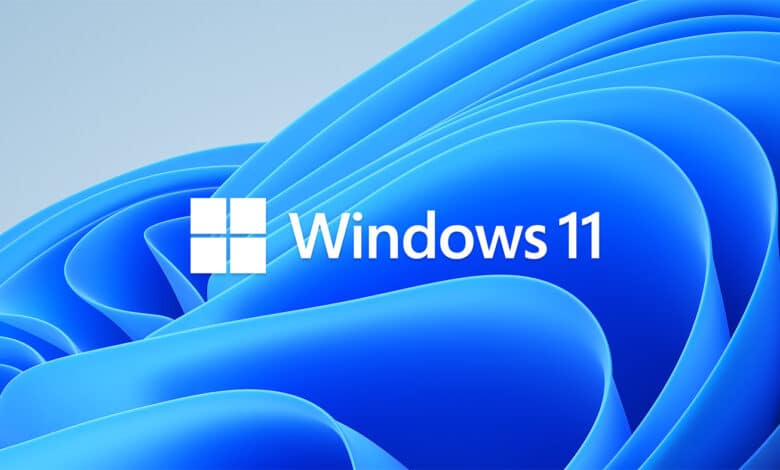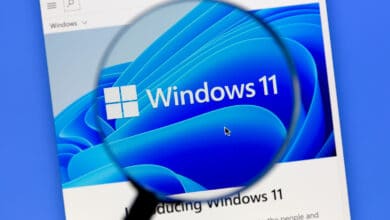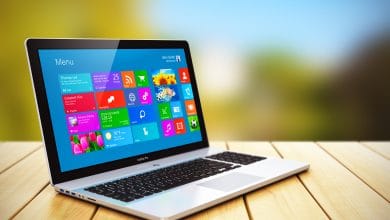
Microsoft and Google seem to get along very well. At least when you look at the compatibility of the upcoming Windows 11. The latest version of the popular operating system is supposed to be able to run Android apps. However, the Google Play Store is not supposed to serve as the download platform. Instead, one should be able to download the smart applications via the in-house Microsoft Store.
Download via the Microsoft Store
Quite obviously, Microsoft does not only seem to make visual adjustments in its latest version of Windows. The range of functions is also noticeably expanded. One of the most surprising news is probably the cooperation with Google’s smartphone and tablet operating system Android. Android apps are also supposed to run on Windows 11. At first glance, the application seems to be a native Microsoft program. At least this is what the Windows presentation looked like, showing the Android apps in portrait and landscape mode.
If you want to use an Android app under Windows 11, you have to download it via the Microsoft Store. A look at the in-house software store reveals that not only Android apps will be available from now on. The integration of the Amazon App Store also reveals a cooperation with Amazon. This is then also the key to the “Google apps”. At the same time, however, this means that you will not be able to access all Android apps. This can at least be concluded from the fact that Amazon’s range of available Android apps is also somewhat limited. Nevertheless, the amount of available and, above all, high-quality apps in Microsoft’s store will increase decisively.
Do you need an Intel processor?
Whether the right operating system alone is a prerequisite is still up in the air. After all, the processor also seems to have a say when it comes to using Android apps. The use of Android apps is supposed to be enabled with the help of the Bridge Technology from the CPU manufacturer Intel. Conversely, this could mean that owners of a computer with AMD CPU technology will probably be left out in the cold.

After all, native support may then fail for lack of a suitable Intel chip. In view of the ever-growing popularity of AMD’s Ryzen CPUs, this will certainly not remain the case for long. It can be assumed that Microsoft itself will provide a solution to this problem. After all, the Redmond hardware and software company is not known for withholding anything from certain users.
A challenge to Apple
How can one understand Microsoft’s move? Well, once you look over at Apple’s competition, you can certainly understand the strategy. With the release of the in-house M1 CPU technology, the Californians have made it possible to make the apps from the iPhone and iPad accessible on the Macs as well. Thus, you now have access to a gigantic mass of practical applications on Apple’s notebooks and all-in-one PCs. Being able to access Android apps with Microsoft PCs should unleash a similarly large benefit for users. After all, it was the limited offer that maneuvered the Microsoft Store into a defeated position so far. This Achilles’ heel should have been eliminated in view of the newly gained app variety.



